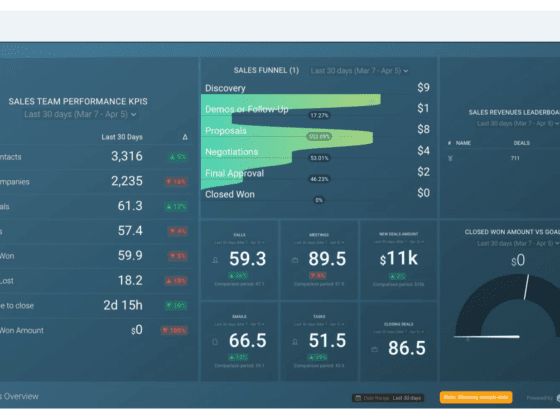Does your resume have a skills section? Most new formats do but if you haven’t dusted off your resume in quite a while then this is the best time to get it done.
A skills section (junior & mid-level) or an Areas of Expertise section (senior-level) highlights in 2 -3 lines that stuff that you’re good at. It’s also a critical requirement in an ATS friend resume and a question that’s part of most online job application forms.
Skills are divided into soft and hard skills
Hard skills are job-related. These skills are developed and master throughout your career. They are teachable, measurable, and show what you are cable of doing and how you can contribute.
Soft skills are transferrable they are not linked to a specific job or industry. Instead, they generally indicate how you will perform your tasks and they make you stand out as an employee irrespective of your title.
How can you start making the list?
- First, start with a master list of your professional skills – everything that makes you the best at your role. Include both soft and hard skills (some examples below)
- Read through related job descriptions especially the “Requirements” or “Key skills “sections and add to a separate list
- Look for key skills included in the description like “creative individual” or “born leader” or “excellent communicator” and add to your second list
- Compare both lists and add ones that you might have missed out in your original list
- Keep refining the first list till you arrive at the critical list of 10-15 soft and hard skills that define you.
- Create a section in your resume
- “Skills” for junior to mid-level candidates. This section should be below your professional summary and above your work experience
- “Areas of Expertise” for senior-level candidates. This section should be below your work experience section
- You can also add a level of proficiency (optional). Keep it simple – Basic, Intermediate, or Advanced
- Finally, make sure to also weave these skills in your work experience section to increase your skills keyword density
Here are some examples of skills you can include
List of Soft skills
| Creativity | Problem Solving | Teamwork | Accounting |
| Interpersonal Communication | Public Speaking | Communication | Active Listening |
| Critical Thinking | Customer Service | Collaboration | Adaptability |
| Negotiation | Empathy | Management | Organization |
| Conflict Resolution | Leadership | Decision Making |
The skills that you list on your resume will vary depending on your level of seniority. The ones in bold in the table above are considered the most desired among employers
List of Hard skills
| Data Entry | Office Equipment | Product Knowledge | Patient Assessment |
| Answering Phones | QuickBooks | Lead Qualification | Taking Vital Signs |
| Billing | Shipping | Lead Prospecting | Patient Care |
| Scheduling | Welcoming Visitors | Customer Needs Analysis | Recording Patient Medical History |
| MS Office | Salesforce | Referral Marketing | Wound Dressing and Care |
| Calendar Management | Security | STEM Skills | SEO/SEM |
| Programming Languages | Machine Learning | CAD | PPC |
| Web Development | Debugging | Design | CRO |
| Data Structures | UX/UI | Prototyping | A/B Testing |
| Open Source Experience | Front-End & Back-End Development | Testing | Social Media Marketing and Paid Social Media Advertising |
As hard skills are specific to the role the list is quite vast. The best way to identify the hard skills to include is from job descriptions. Look through the roles that you want to apply for and identify the skills they are looking for. Once you have run through about 10 -1 5 resumes you will have a good idea of the key hard skills required.
LinkedIn released a list of the top skills companies are looking for in 2020. I’d strongly recommend looking through it to identify skills that you might need to develop to be seen as top talent. Remember that you need to customize the skills featured in your resume to match the job description. This is one way to not get filtered out by the ATS system to read more here











